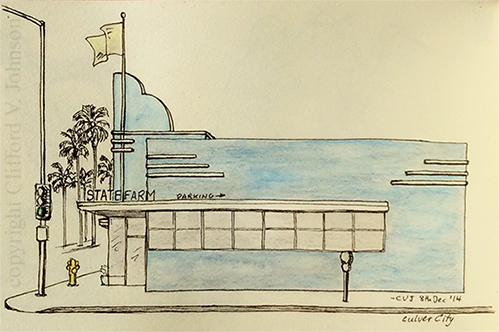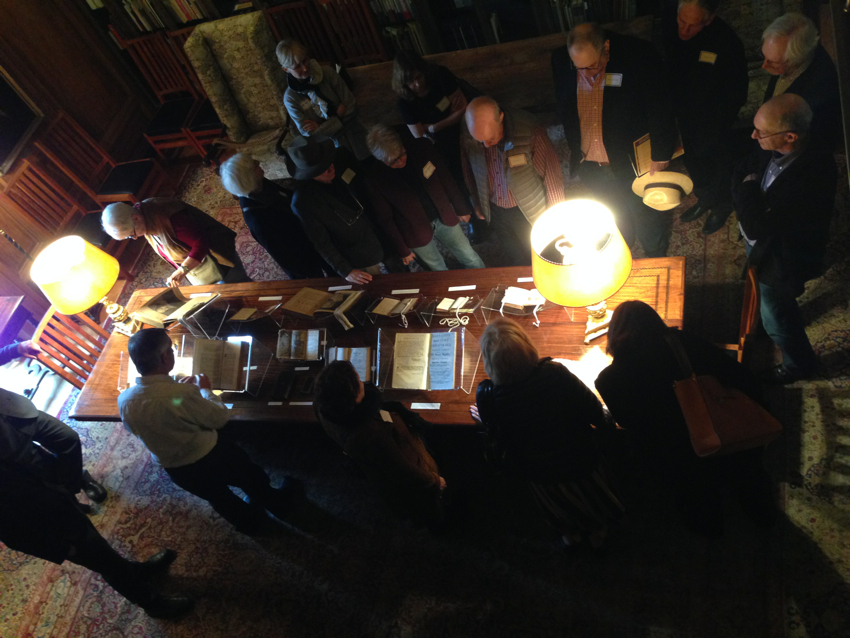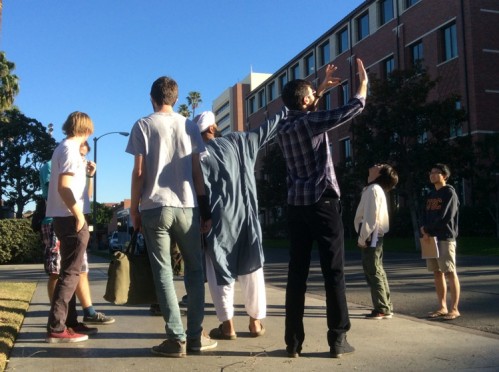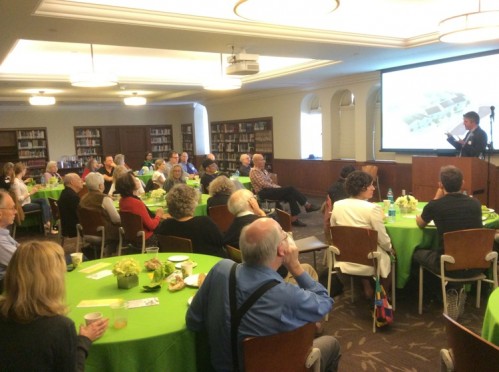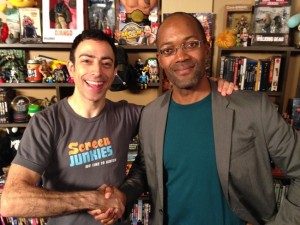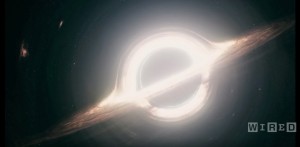Time to Plan…
Happy New Year! So, it is the second of January. You’ve spent all of the day yesterday recovering from the euphoria (and perhaps revelry) of New Year’s Eve, and so today it is time for the traditional next thing on the new calendar: Planning what you’ll do next New Year’s Eve, of course!
 Before doing that however, if you are a research physicist, I’d like to invite you to consider doing something else: Plan your Summer research travel. What I am really trying to do is to make you aware that the end of this month is the deadline for applying to attend the Aspen Center for Physics during some period inside the Summer operating dates Memorial Day (in May) to around Labor Day (September). Now, a lot of people (too many, in my and the opinion of others who care about the ACP) just assume that the place is not for them, for a number of reasons that are really not good ones. So let me address one or two quickly right now.
Before doing that however, if you are a research physicist, I’d like to invite you to consider doing something else: Plan your Summer research travel. What I am really trying to do is to make you aware that the end of this month is the deadline for applying to attend the Aspen Center for Physics during some period inside the Summer operating dates Memorial Day (in May) to around Labor Day (September). Now, a lot of people (too many, in my and the opinion of others who care about the ACP) just assume that the place is not for them, for a number of reasons that are really not good ones. So let me address one or two quickly right now.
First, it is not an old boy’s country club. It is for everyone, working in all* fields of physics. Don’t apply and you have zero chance of getting in. Apply and there is […] Click to continue reading this post


